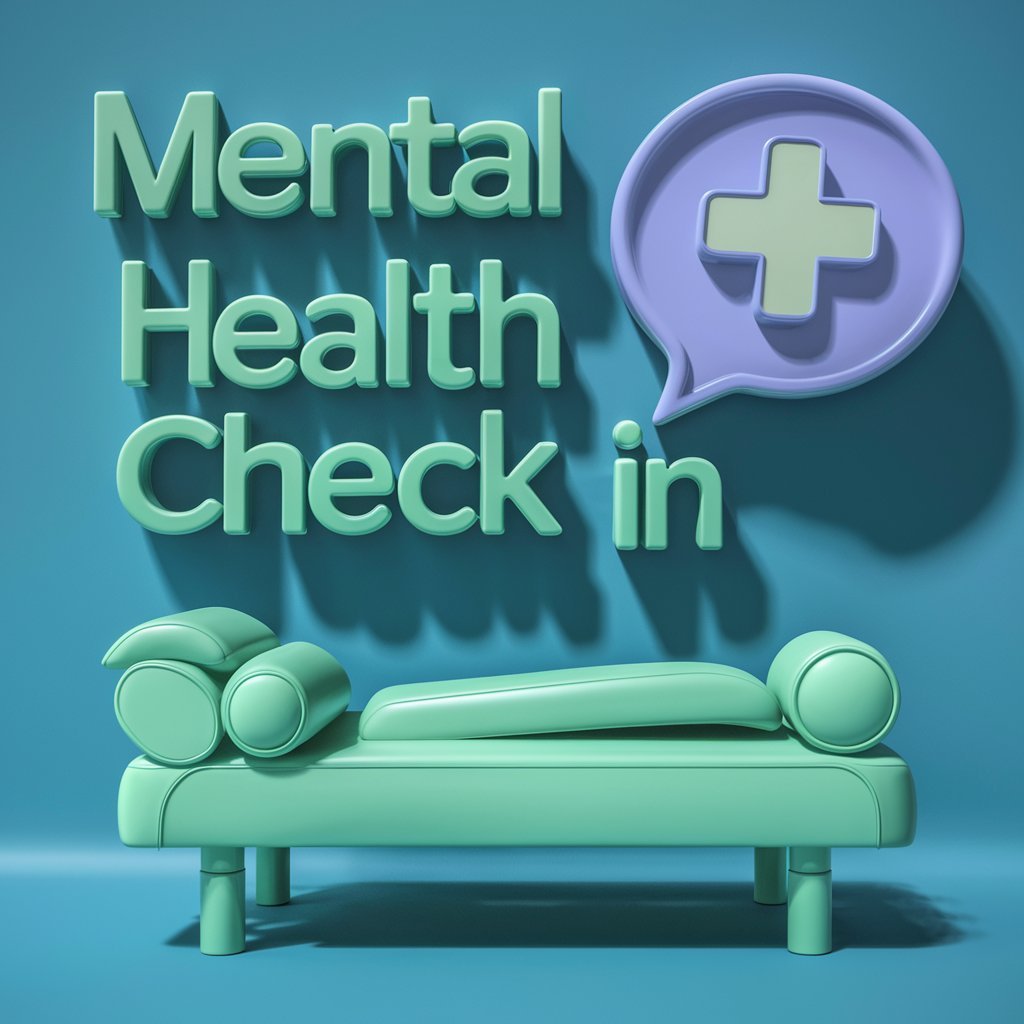In today’s world, the importance of safety planning cannot be overstated. With natural disasters, accidents, and acts of violence becoming increasingly common, having a solid safety plan in place is crucial for emergency preparedness. A safety plan is a vital tool that can save lives, prevent injuries, and minimize damage during a crisis.
Emergency preparedness involves being ready to respond effectively in the event of a disaster or emergency situation. This requires careful planning, clear communication, and quick action. A safety plan outlines the steps to be taken in various emergency scenarios, provides guidelines for ensuring the safety of individuals, and establishes protocols for coordinating the response efforts.
The Importance of Safety Planning
There are several reasons why safety planning is essential for emergency preparedness:
1. Protection of Life and Property
The primary goal of safety planning is to protect the lives and property of individuals in the event of an emergency. By having a well-thought-out safety plan in place, you can ensure that everyone knows what to do and where to go when a crisis occurs. This can help minimize injuries and fatalities, as well as reduce damage to buildings and infrastructure.
2. Swift and Coordinated Response
A safety plan helps to facilitate a swift and coordinated response to emergencies. By clearly outlining the roles and responsibilities of each person involved in the response efforts, a safety plan can help ensure that everyone knows what to do and when to do it. This can help prevent confusion, reduce delays, and improve the overall effectiveness of the response.
3. Communication and Information Sharing
Effective communication is key during emergencies, and a safety plan can help ensure that important information is communicated quickly and accurately. By establishing communication protocols, such as designated channels for information sharing and regular updates on the situation, a safety plan can help keep everyone informed and reduce the risk of misunderstandings.
4. Training and Preparedness
A safety plan also provides an opportunity for training and preparedness. By conducting regular drills and exercises based on the safety plan, individuals can practice their roles and responsibilities in a controlled environment. This can help improve their readiness to respond in a real emergency and can increase their confidence in their abilities to handle the situation effectively.
Conclusion
In conclusion, safety planning is a vital tool for emergency preparedness. By having a solid safety plan in place, organizations and individuals can protect lives and property, facilitate a swift and coordinated response, improve communication and information sharing, and enhance training and preparedness. In an increasingly unpredictable world, safety planning is essential for ensuring that we are ready to respond effectively to emergencies and crises.
FAQs
1. How do I create a safety plan?
To create a safety plan, start by identifying potential risks and hazards in your environment. Consider different emergency scenarios, such as natural disasters, accidents, and acts of violence. Develop clear guidelines for responding to each scenario, including evacuation routes, emergency contacts, and communication protocols. Make sure to involve all relevant stakeholders in the planning process and regularly review and update the safety plan as needed.
2. How often should I review and update my safety plan?
It is recommended to review and update your safety plan at least once a year, or whenever there are significant changes in your environment or operations. This includes changes in personnel, facilities, equipment, or emergency procedures. Regularly conducting drills and exercises based on the safety plan can also help identify any gaps or areas for improvement that need to be addressed.





